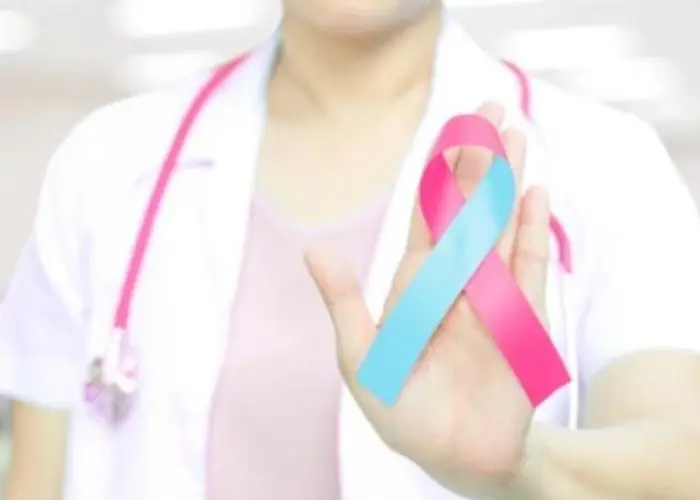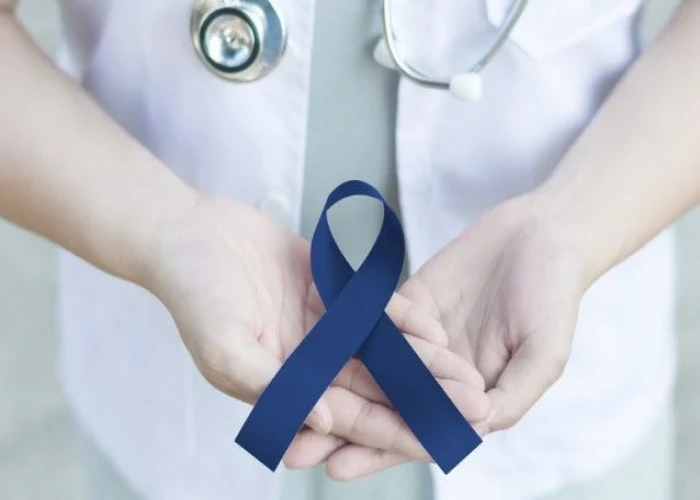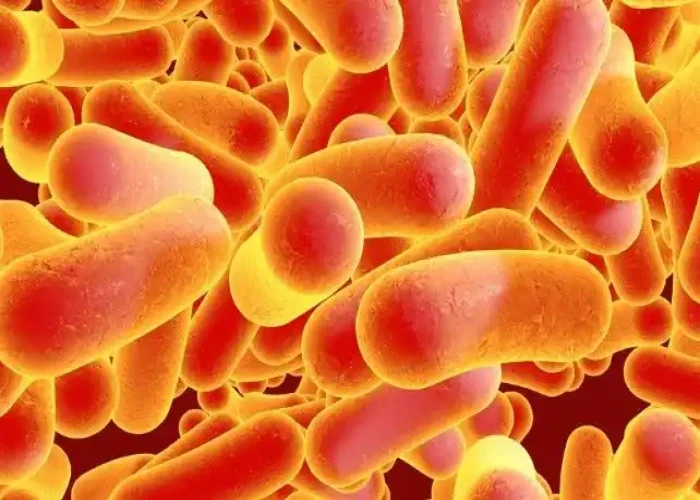 Welcome
Welcome
“May all be happy, may all be healed, may all be at peace and may no one ever suffer."
Typhoid fever

Typhoid fever is a bacterial infection caused by the bacterium Salmonella typhi. The infection is spread through contaminated food or water, and is common in areas with poor sanitation and hygiene.
The symptoms of typhoid fever usually develop within 1-3 weeks after exposure to the bacteria and can include high fever, headache, stomach pain, nausea, vomiting, diarrhea or constipation, and a rash of flat, rose-colored spots. In severe cases, the infection can lead to complications such as intestinal bleeding, perforation of the intestines, and sepsis.
Treatment for typhoid fever typically involves antibiotics to kill the bacteria. In some cases, hospitalization may be necessary, especially if the infection has caused complications. It is also important to rest and drink plenty of fluids to prevent dehydration. Vaccines are available to prevent typhoid fever, and are recommended for people traveling to areas where the infection is common.
Preventing the spread of typhoid fever involves good hygiene and sanitation practices, such as washing hands frequently with soap and water, avoiding raw or undercooked food, and drinking only boiled or bottled water. If you suspect that you or someone else may have typhoid fever, it is important to seek medical attention right away to receive prompt diagnosis and treatment.
Research Papers
Disease Signs and Symptoms
- Fever
- Fever that starts low and increases daily, possibly reaching as high as 104.9 F (40.5 C)
- Swollen abdomen (Ascites)
- Constipation
- Diarrhea
- Burning stomach pain
- Weight loss
- Dry cough
- Excessive sweat
- Muscle pain
- Fatigue (Tiredness)
- Weakness
- Headaches
- Typhoid fever
Disease Causes
Typhoid fever
Typhoid fever is caused by dangerous bacteria called Salmonella typhi. Salmonella typhi is related to the bacteria that cause salmonellosis, another serious intestinal infection, but they aren't the same.
Fecal-oral transmission route
Most people in developed countries pick up typhoid bacteria while they're traveling. Once they have been infected, they can spread it to others through the fecal-oral route.
This means that Salmonella typhi is passed in the feces and sometimes in the urine of infected people. If you eat food that has been handled by someone who has typhoid fever and who hasn't washed carefully after using the toilet, you can become infected.
In developing countries, where typhoid fever is established, most people become infected by drinking contaminated water. The bacteria may also spread through contaminated food and through direct contact with someone who is infected.
Typhoid carriers
Even after antibiotic treatment, a small number of people who recover from typhoid fever continue to harbor the bacteria. These people, known as chronic carriers, no longer have signs or symptoms of the disease themselves. However, they still shed the bacteria in their feces and are capable of infecting others.
Disease Prevents
Typhoid fever
Safe drinking water, improved sanitation and adequate medical care can help prevent and control typhoid fever. Unfortunately, in many developing nations, these may be difficult to achieve. For this reason, some experts believe that vaccines are the best way to control typhoid fever.
A vaccine is recommended if you live in or are traveling to areas where the risk of getting typhoid fever is high.
Vaccines
Two vaccines are available.
- One is given as a single shot at least one week before travel.
- One is given orally in four capsules, with one capsule to be taken every other day.
Neither vaccine is 100% effective. Both require repeat immunizations because their effectiveness wears off over time.
Because the vaccine won't provide complete protection, follow these guidelines when traveling to high-risk areas:
- Wash your hands. Frequent hand-washing in hot, soapy water is the best way to control infection. Wash before eating or preparing food and after using the toilet. Carry an alcohol-based hand sanitizer for times when water isn't available.
- Avoid drinking untreated water. Contaminated drinking water is a particular problem in areas where typhoid fever is endemic. For that reason, drink only bottled water or canned or bottled carbonated beverages, wine and beer. Carbonated bottled water is safer than non-carbonated bottled water.
- Ask for drinks without ice. Use bottled water to brush your teeth, and try not to swallow water in the shower.
- Avoid raw fruits and vegetables. Because raw produce may have been washed in contaminated water, avoid fruits and vegetables that you can't peel, especially lettuce. To be absolutely safe, you may want to avoid raw foods entirely.
- Choose hot foods. Avoid food that's stored or served at room temperature. Steaming hot foods are best. And although there's no guarantee that meals served at the finest restaurants are safe, it's best to avoid food from street vendors — it's more likely to be infected.
- Know where the doctors are. Find out in advance about medical care in the areas you'll visit, and carry a list of the names, addresses and phone numbers of recommended doctors.
Prevent infecting others
If you're recovering from typhoid fever, these measures can help keep others safe:
- Take your antibiotics. Follow your doctor's instructions for taking your antibiotics, and be sure to finish the entire prescription.
- Wash your hands often. This is the single most important thing you can do to keep from spreading the infection to others. Use hot, soapy water and scrub thoroughly for at least 30 seconds, especially before eating and after using the toilet.
- Avoid handling food. Avoid preparing food for others until your doctor says you're no longer contagious. If you work in the food service industry or a health care facility, you won't be allowed to return to work until tests show that you're no longer shedding typhoid bacteria.
Disease Treatments
Antibiotic therapy is the only effective treatment for typhoid fever.
Commonly prescribed antibiotics
Commonly prescribed antibiotics include:
- Ciprofloxacin (Cipro). In the United States, doctors often prescribe this for adults who aren't pregnant. Another similar drug called ofloxacin also may be used. Unfortunately, many Salmonella typhi bacteria are no longer susceptible to antibiotics of this type, particularly strains picked up in Southeast Asia.
- Azithromycin (Zithromax). This may be used if a person is unable to take ciprofloxacin or the bacteria are resistant to ciprofloxacin.
- Ceftriaxone. This injectable antibiotic is an alternative in more-complicated or serious infections and for people who may not be candidates for ciprofloxacin, such as children.
These drugs can cause side effects, and long-term use can lead to the development of antibiotic-resistant bacteria.
Problems with antibiotic resistance
In the past, the drug of choice was chloramphenicol. Doctors no longer commonly use it because of side effects, a high rate of health deterioration after a period of improvement (relapse) and widespread bacterial resistance.
In fact, antibiotic-resistant bacteria are becoming more common, especially in the developing world. In recent years, Salmonella typhi has also proved resistant to trimethoprim-sulfamethoxazole, ampicillin and ciprofloxacin.
Other treatments
Other treatments include:
- Drinking fluids. This helps prevent the dehydration that results from a prolonged fever and diarrhea. If you're severely dehydrated, you may need to receive fluids through a vein (intravenously).
- Surgery. If your intestines become torn, you'll need surgery to repair the hole.
Disease Diagnoses
Disease Allopathic Generics
-
Chloramphenicol (Oral)
Patients suffering from typhoid or paratyphoid fever should regularly take chloramphenicol group drugs. Adequate administration of this medicine is less likely to worsen the patient's condition.
Take 2 capsules every 6 hours until fever subsides or 1 capsule every 4/6 hours.
For children, 1/2 spoonful of syrup should be given every 4/6 hours.
-
Ciprofloxacin
Medicines containing ciprofloxacin if the fever does not improve.
1+0+1.
-
Cefuroxime Axetil
1+0+1 makes 10 days.
-
Paracetamol
1 pill 3 times daily.
-
Vitamin B complex
1 capsule 2 times a day after meals if there is no stomach upset. 1/2 teaspoon of liquid 3 times a day.
-
Vitamin C [Ascorbic acid]
1 pill should be sucked 3 times a day.
-
Dextrose
Dextrose 5/10% should be given intravenously by 40/50 drops per minute. If the patient is weak, 2cc or 6cc Inj in saline. Fidaplex or Inj. V-Plex can be mixed.
Disease Ayurvedic Generics
Disease Homeopathic Generics
Disease yoga
Typhoid fever and Learn More about Diseases

Esophageal spasms

Pulmonary hypertension

Amniotic fluid embolism

Menopause

Moles

Chronic daily headaches

Krabbe disease

Sick sinus syndrome
typhoid fever, টাইফয়েড জ্বর
To be happy, beautiful, healthy, wealthy, hale and long-lived stay with DM3S.
